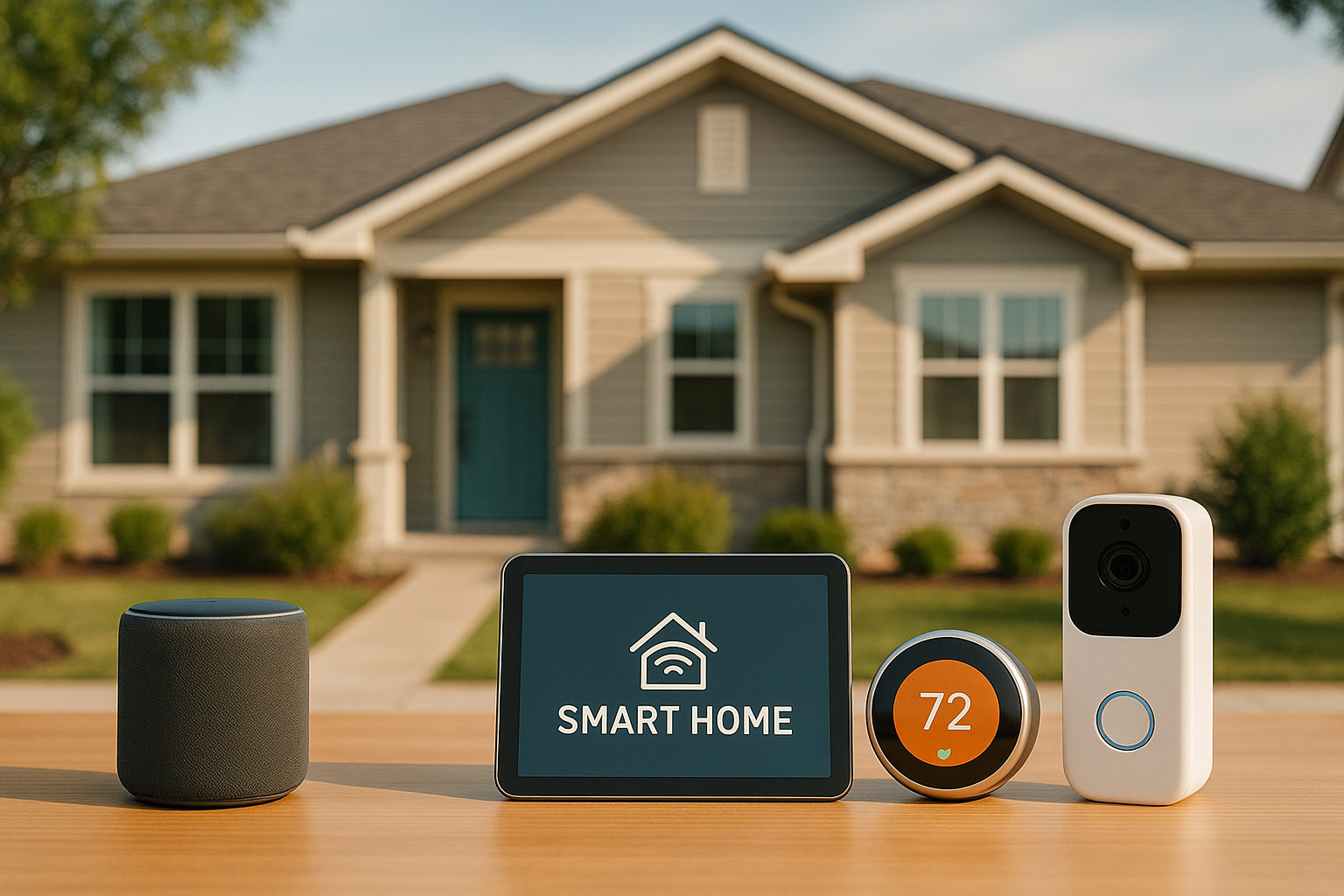
Smart home technology is no longer a futuristic concept reserved for luxury homes — it’s becoming an affordable and practical solution for everyday households across the U.S. With the right setup, homeowners can save energy, boost security, and enjoy unparalleled convenience. This article provides a clear, step-by-step guide to help anyone get started.
What Is Smart Home Technology?
Smart home technology refers to devices and systems that connect through Wi-Fi, Bluetooth, or other wireless networks to provide automated control over appliances, lighting, security, climate, and entertainment. These systems are often controlled through a smartphone app, voice assistant, or central hub, making it easier for homeowners to manage daily tasks.
"Smart homes aren’t just about convenience anymore — they’re about efficiency and safety," says Sarah Miller, a home technology consultant with over 15 years of experience.
Why Smart Homes Are Growing in Popularity
The National Association of Realtors (NAR) reports that nearly 1 in 4 homebuyers now consider smart features a priority. Cities like Austin, Denver, and Miami are leading adoption trends, but suburban and rural areas are catching up fast. The shift is driven by three key factors:
- Energy savings: Smart thermostats and lighting reduce utility bills by up to 15% annually, according to Energy Star data.
- Security: Homeowners appreciate real-time video surveillance, smart locks, and motion sensors.
- Resale value: Homes with integrated tech often sell faster and appeal to younger buyers.
Essential Smart Home Devices to Consider
Smart Speakers and Hubs
Devices like Amazon Echo, Google Nest Hub, and Apple HomePod serve as the command centers for your home, allowing voice control over other connected devices.
Smart Thermostats
Popular options like Nest and Ecobee learn your preferences and adjust temperatures automatically, cutting down on wasted energy.
Lighting and Outlets
Smart bulbs and plugs let you schedule lighting, reduce energy costs, and create custom “moods” for any occasion.
Security Systems
Video doorbells, motion sensors, and remote monitoring give homeowners peace of mind, whether they live in a high-rise condo or a suburban home.
How to Get Started with Smart Home Technology
- Start small: Begin with one or two devices, like a smart speaker and thermostat, to learn the basics without feeling overwhelmed.
- Check compatibility: Ensure all devices work with the same platform (Google, Amazon, or Apple) for seamless integration.
- Prioritize security: Change default passwords, enable two-factor authentication, and keep software updated to prevent hacking.
- Plan for scalability: Choose products that allow expansion as your needs grow, especially for lighting and home security systems.
Costs and Savings
According to a 2024 Zillow report, entry-level smart home setups cost $500-$1,000, while full-scale systems can exceed $5,000. However, many users see ROI in less than three years through lower energy bills and increased property value.
"It’s an investment that pays for itself, especially in competitive housing markets," notes John Lee, a real estate analyst specializing in technology-driven properties.
Future Trends
Expect more U.S. homes to adopt AI-driven devices, like learning thermostats that predict your schedule or refrigerators that track groceries. Builders in metro hubs like Seattle and Dallas are already marketing homes with pre-installed smart infrastructure, signaling a shift toward tech as a standard feature.
Key Takeaways
- Start small and expand gradually to avoid complexity.
- Focus on security and compatibility for a seamless experience.
- Smart devices can save money, enhance safety, and boost home value.
Thinking of upgrading your home? Start with one device today and see how technology can simplify your life.
Talk to a Home Tech Expert